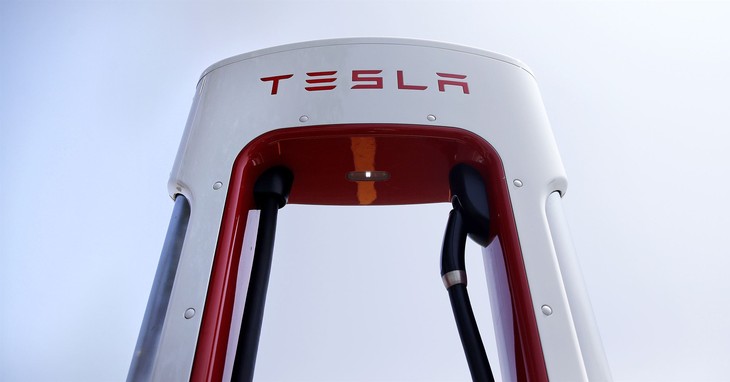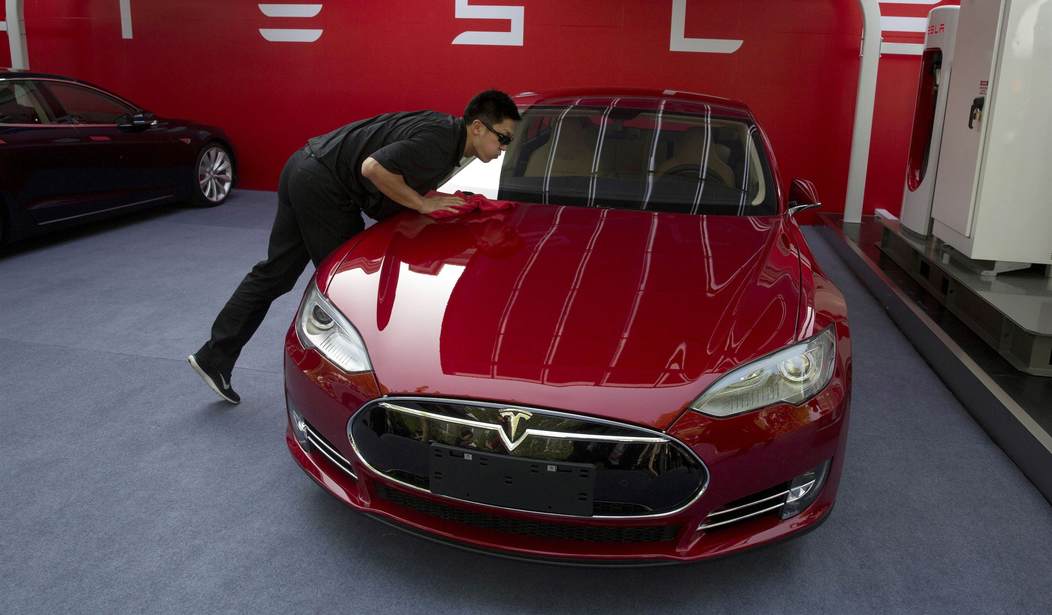The Biden Administration’s proposal to drastically increase the adoption of electric vehicles (EVs) in the United States has sparked a significant debate. If this proposal goes into effect, the EPA is predicting that two-thirds of the new cars on the road by 2032 will be electric. While the move aims to reduce pollution and combat climate change, it conveniently ignores the challenges and concerns of this transition. Electric vehicles may be good for the environment, but factors such as affordability, insurance costs, supply chain dependencies, consumer preferences, and market dynamics must be considered.
One of the main obstacles to widespread EV adoption is their high price. According to Kelley Blue Book, the average cost of an electric vehicle in 2022 was $61,488, significantly higher than that of gas-powered cars at $49,507. This price disparity places EVs beyond the reach of many consumers, making them an option primarily for affluent buyers. Without more accessible pricing options, achieving the proposed target of two-thirds of new vehicles sold being electric by 2032 seems unrealistic.
The cost of electric vehicle insurance is a significant concern. The high price of EV batteries, reaching up to $25,000, leads to increased insurance premiums. Even a minor fender bender can result in the vehicle being considered totaled by insurance companies due to the high expense of battery replacement. As a result, EV owners face an average of 26% higher premiums, paying around $206 monthly. These increased costs further hinder the affordability of electric vehicles for the average consumer.

Most of the heavy metals required for manufacturing EV batteries, such as lithium, come from China. The International Energy Agency reported that in 2021, China produced 75% of the world’s lithium batteries. Relying heavily on a single country for these critical resources raises concerns about supply chain vulnerabilities and potential geopolitical risks. Diversifying the supply chain and reducing dependence on a single nation should be a priority to ensure the long-term sustainability and security of the EV industry.
The University of Chicago’s Energy Policy Institute conducted a poll revealing that only 19% of consumers consider it “very likely” that they will purchase an electric vehicle. Additionally, 47% expressed their unlikelihood of buying an EV. The availability of charging stations and the higher costs of electric cars emerged as the primary concerns among potential buyers. This data suggests that the market demand for electric vehicles may not align with the ambitious targets set by the Biden administration.
Despite the increasing production of electric vehicles, they currently account for only 6.5% of the auto market. In contrast, gas-powered cars dominate with a 54-day supply, while EVs have a 92-day supply. These figures indicate a lack of consumer interest in electric vehicles and a potential oversupply in the market. Forcing the rapid adoption of EVs without addressing the underlying challenges may result in an inefficient allocation of resources and potential market disruptions.
While the push towards electric vehicles is driven by the noble goal of reducing pollution and combating climate change, it is crucial to consider the challenges and concerns associated with this transition. Striking a balance between environmental goals and the realities of the market is essential to ensure a successful and sustainable transition to a cleaner transportation future.
Editor’s Note: This article has been revised for clarity.














Join the conversation as a VIP Member